In and Out of Place
Land after Information 1992 – 2024
07 Sep 2024 - 12 Jan 2025
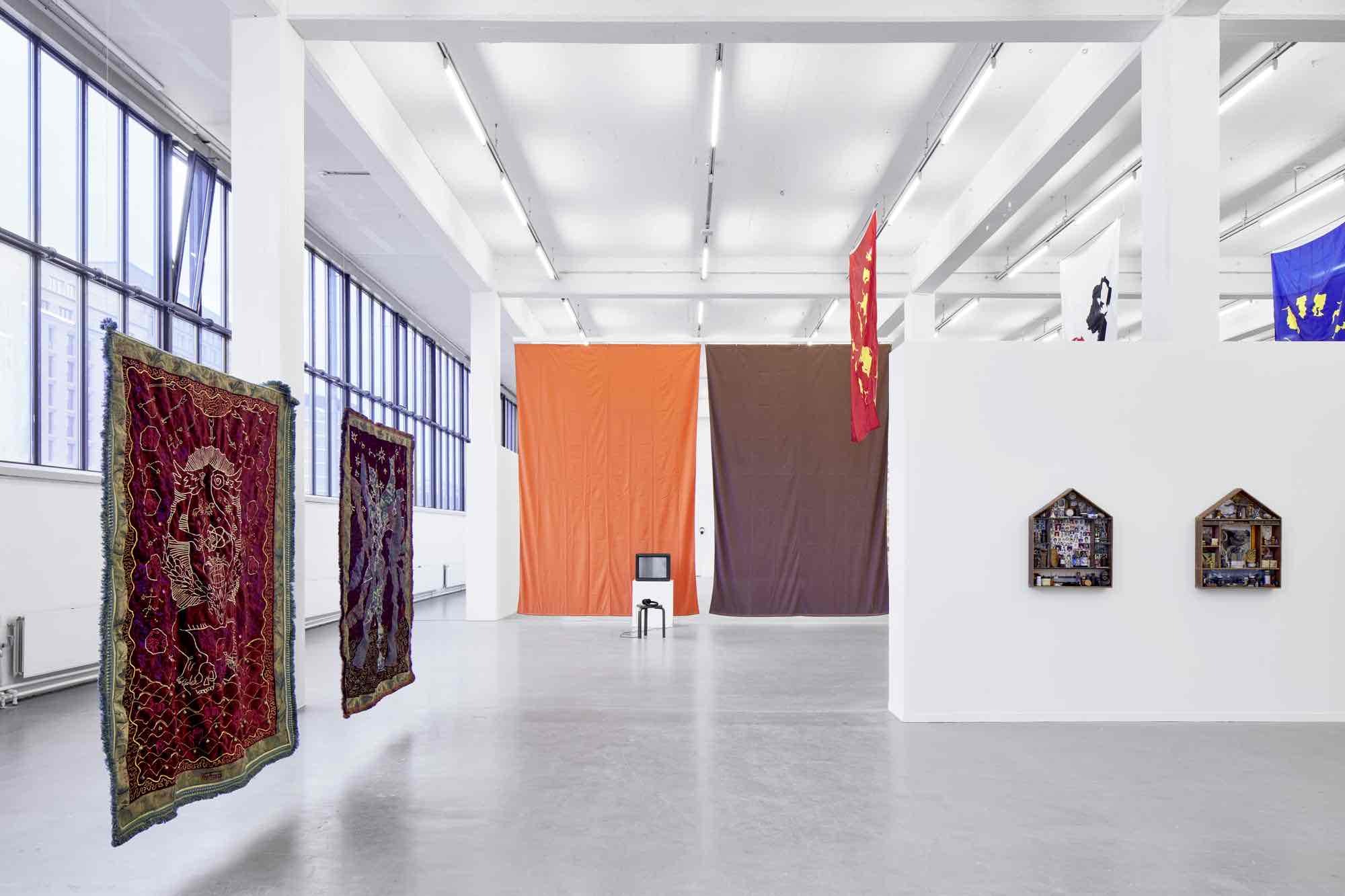
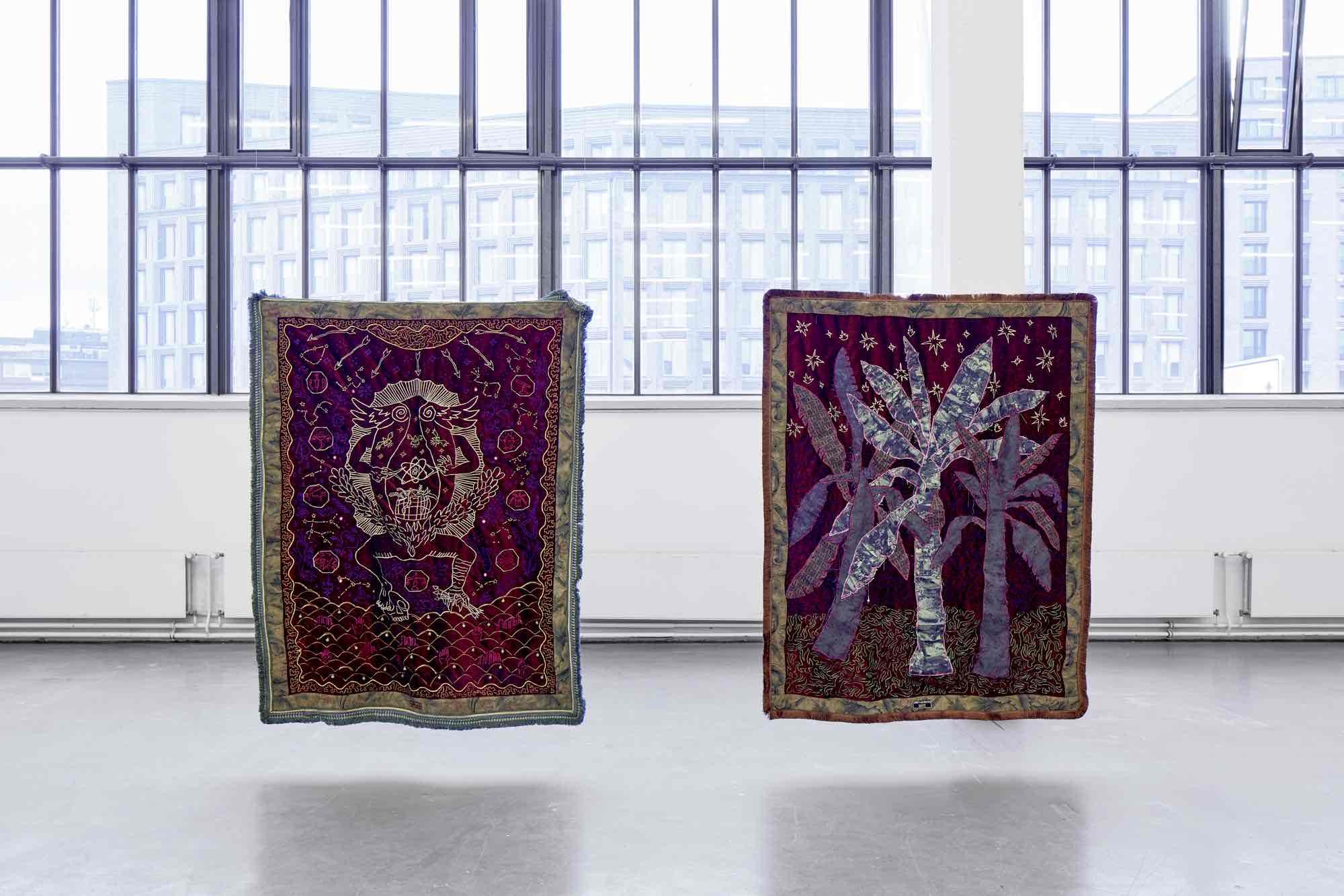
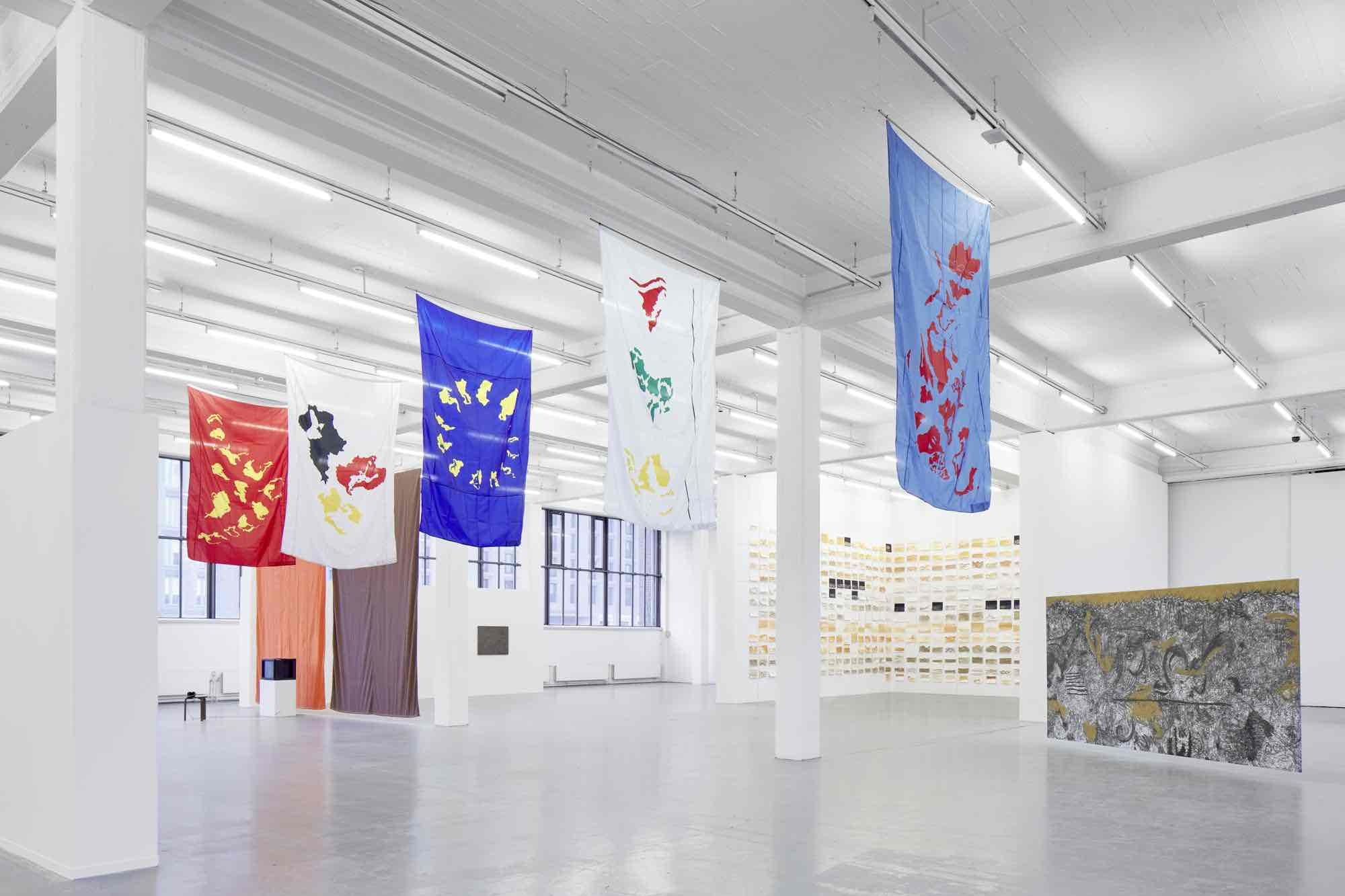
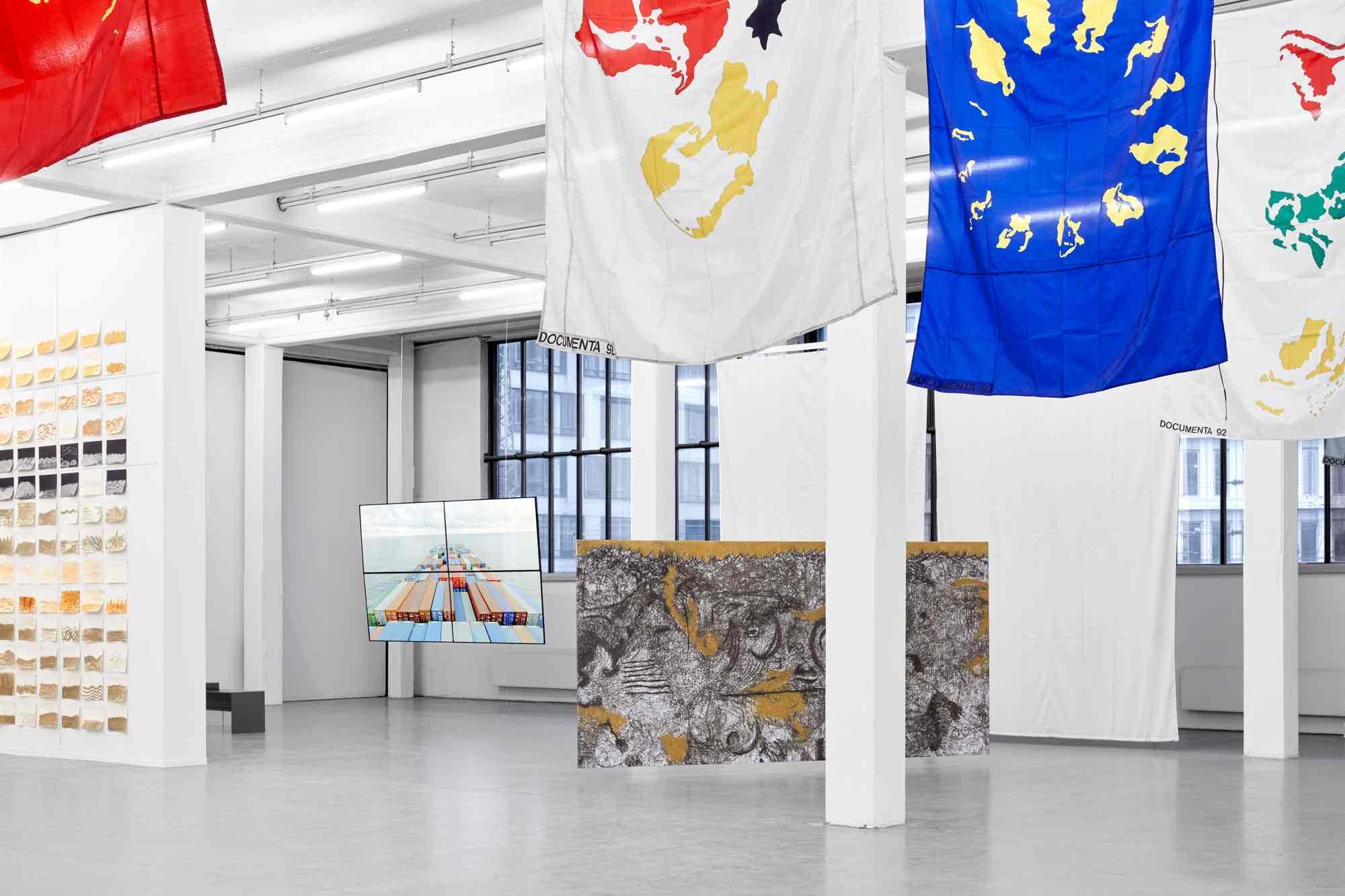
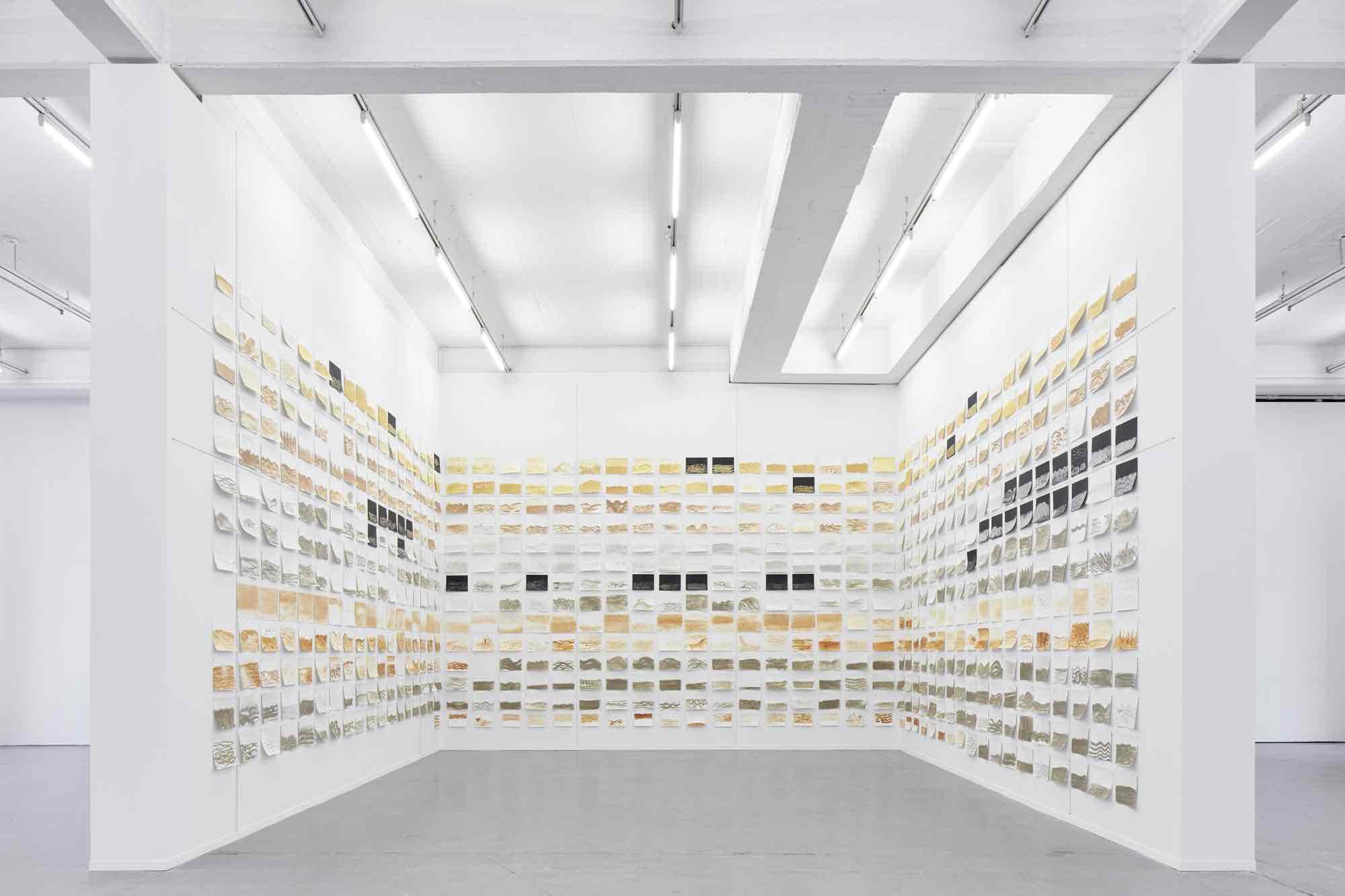
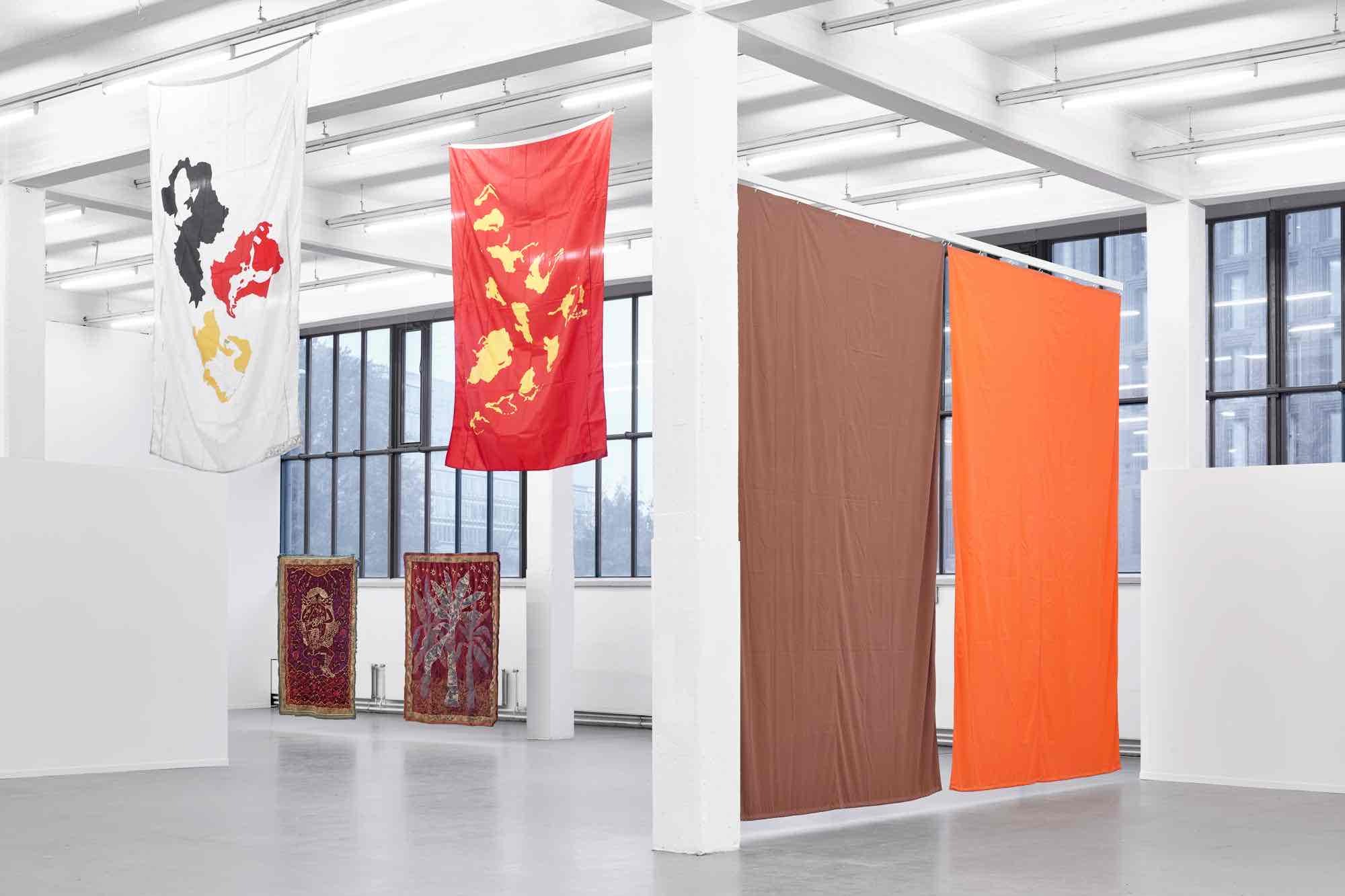
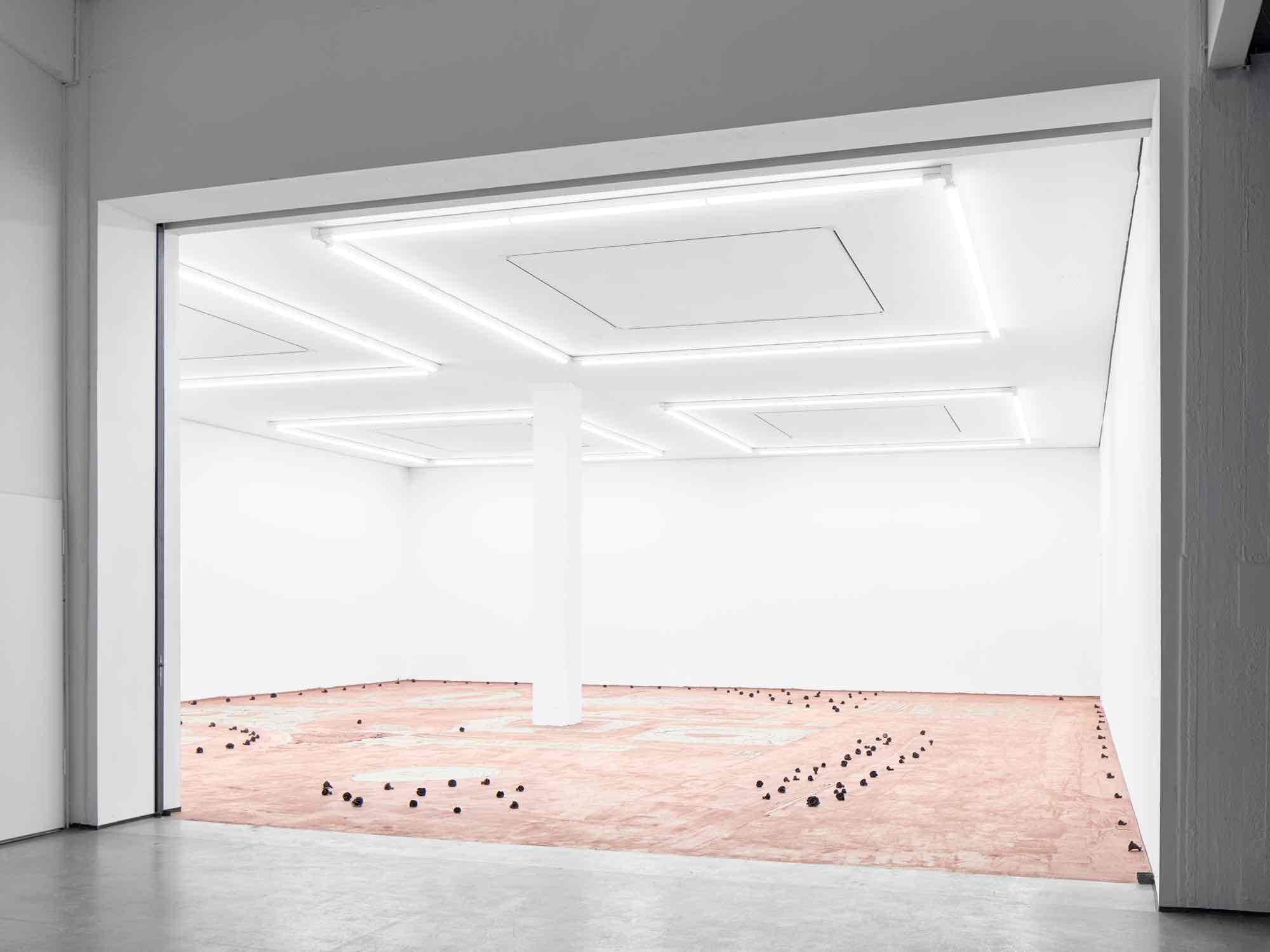
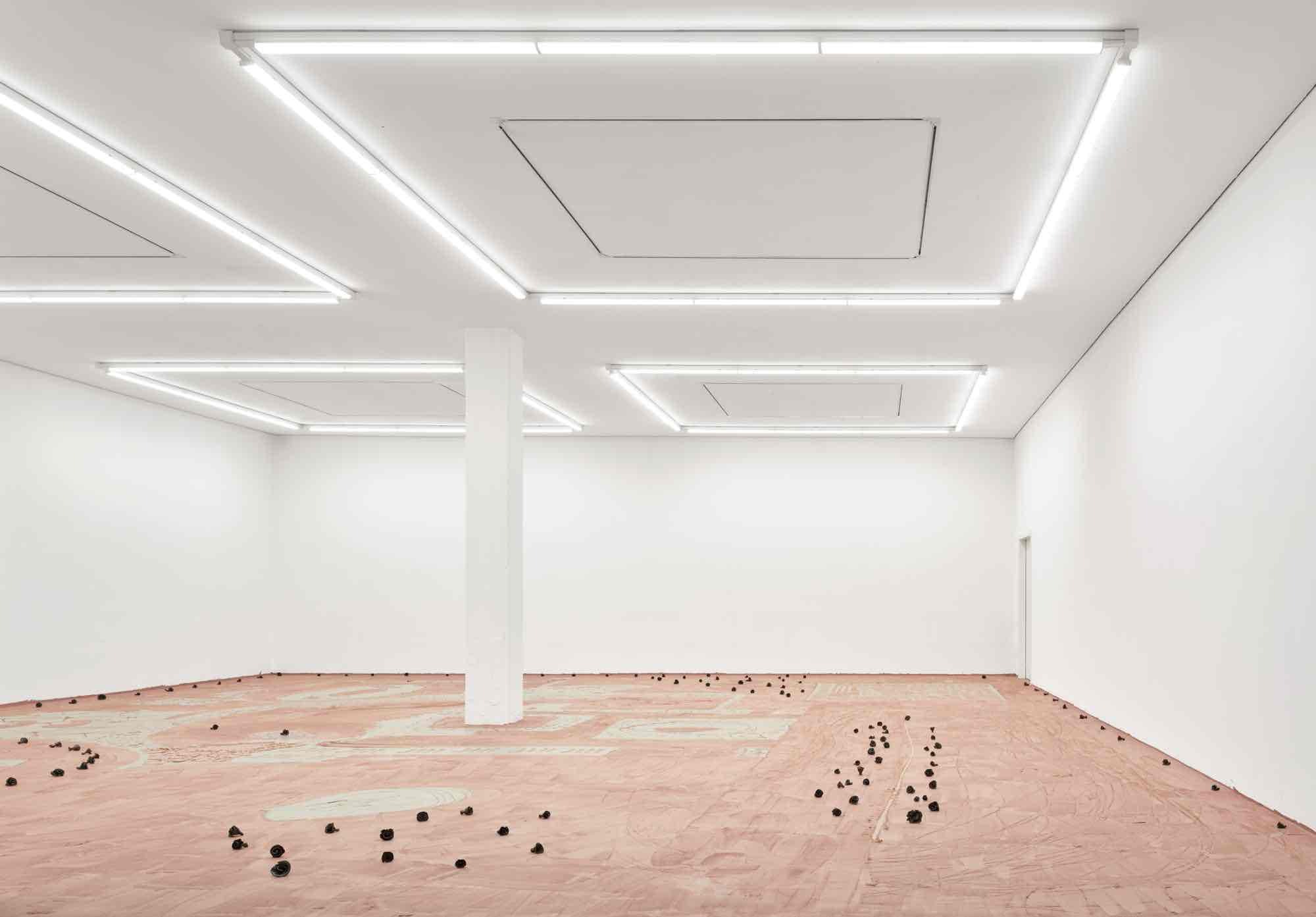
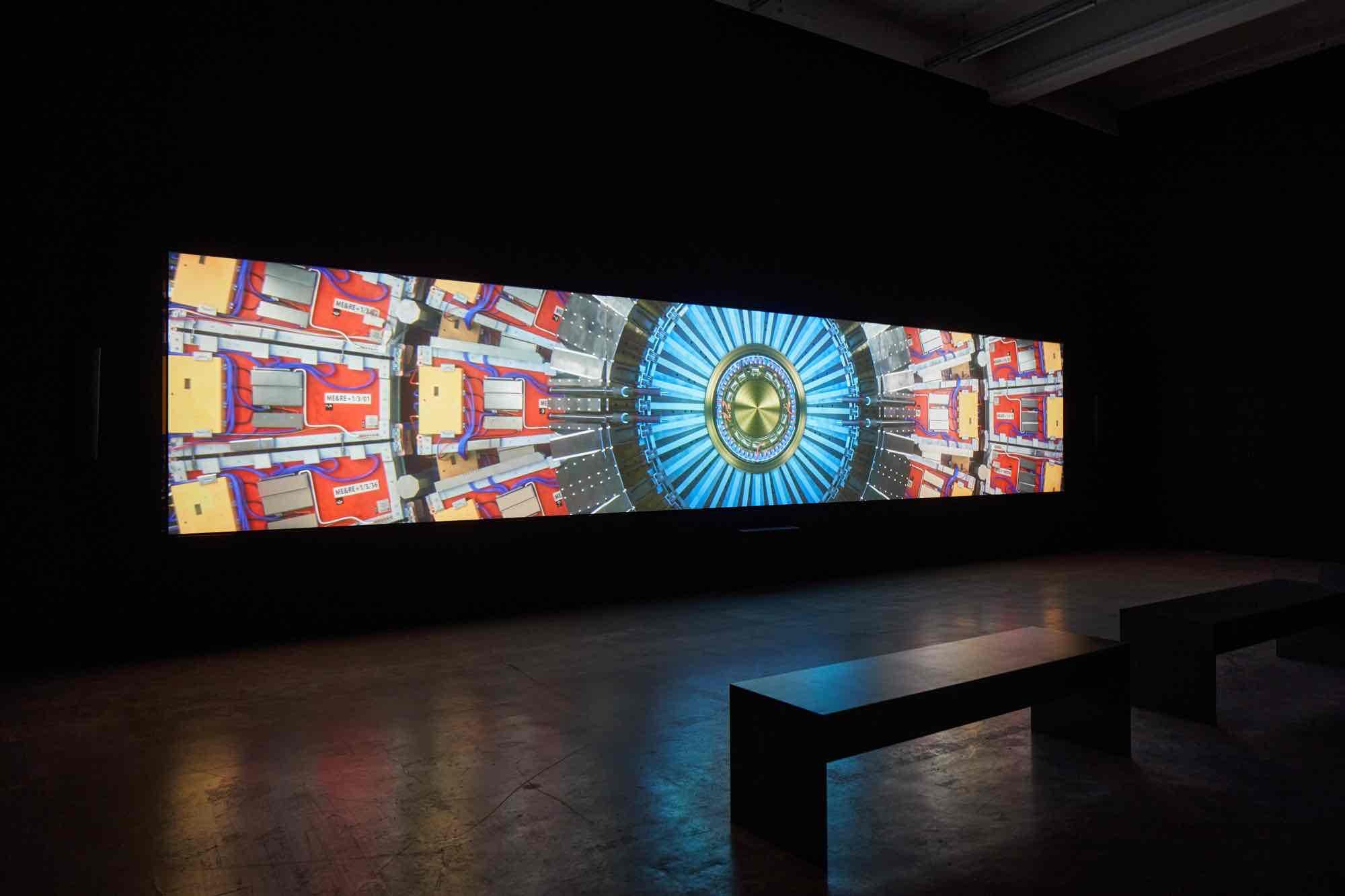
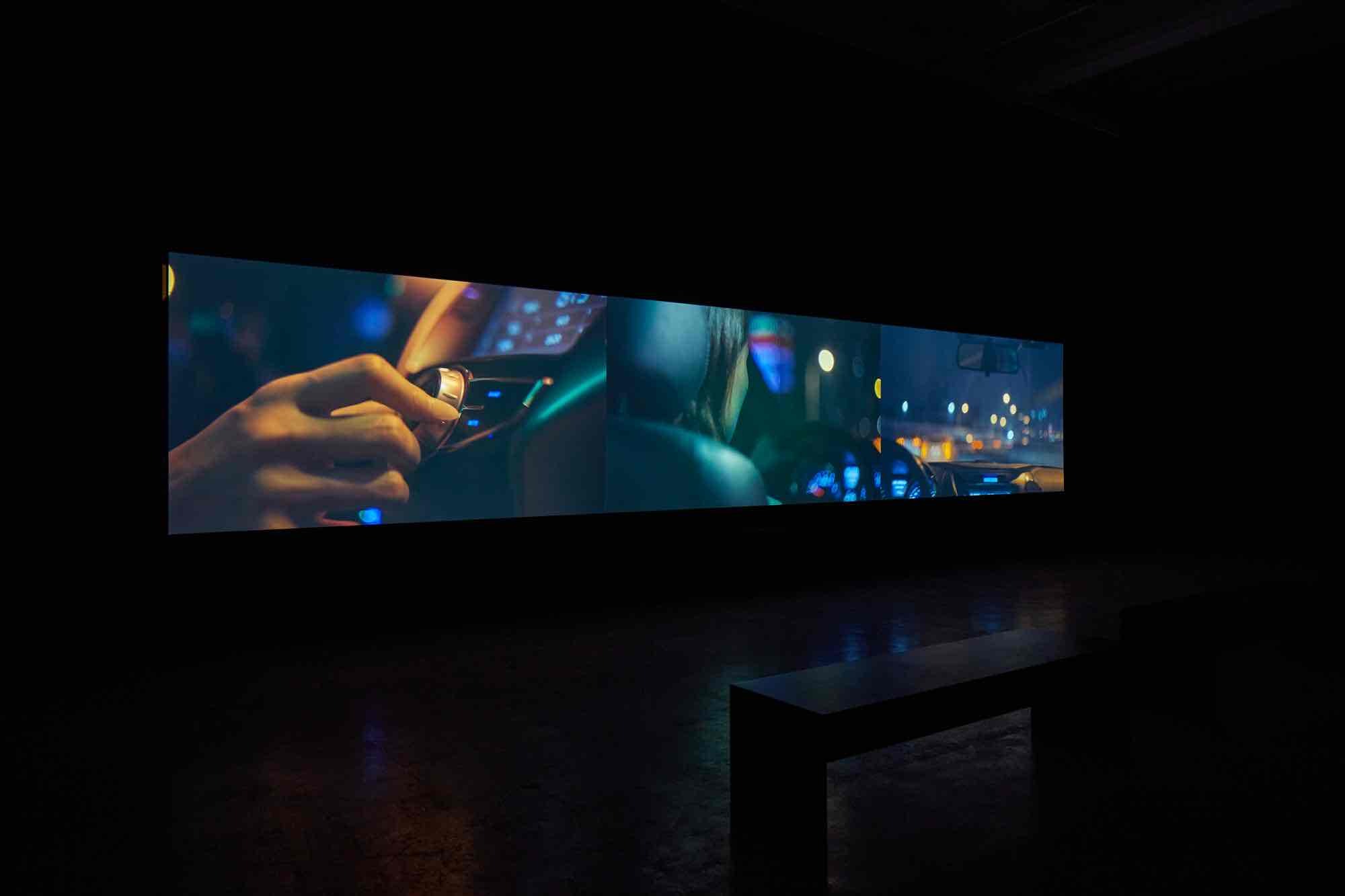
For In and Out of Place. Land after Information 1992 – 2024 the Kunstverein in Hamburg brings together a number of practices that look at the transformation of land in the information age and explore the manifold connections and consequences of land’s perpetual translation into resources to fuel the third industrial revolution. The aim of the exhibition is to contribute to a better understanding of the metabolic relationships between forms of knowing and their material echoes into the world, both as epistemological and earthbound resources, locally and globally, within the Anthropocene. Here, situated knowledge contrasts the seemingly invisible processes of digital dematerialisation rooted in the planetary surface under the ever-increasing weight of the digital cloud, the unmeetable demand for minerals to enable microchip production, and the endless distances travelled by underwater cables to support the hunger for global data flows, whose most recent growth spurt is brought about by the advent of large-scale language models in artificial intelligence.
In this light, the notion of place as a locale informed by sedimented social and ecological histories is eroded by globalisation and its mines, cables, server stations, harbours, shipping routes, and satellites, changing the constitutive role of land within the formation of self. At the turn of the millennium, in her book One Place after Another, Miwon Kwon traces the history of the site-specific into globalisation, quoting French philosopher Henri Lefebvre: “Inasmuch as abstract space [of modernism and capital] tends towards homogeneity, towards the elimination of existing differences or peculiarities, a new space cannot be born (produced) unless it accentuates differences.” (Lefebvre 1991 as cited in Kwon 2002: 157)
Land exists in diverse networks of relationships and disjunctures, produced by different models of existence, resulting in fluid topographies. In and Out of Place focuses on the often personal experience of shifting tectonics between land as an agri- and sociocultural concept, and the imperial and colonial legacies of extractivist logics and practices that take place in ecologies made invisible to the Eurocentric gaze. The exhibition includes a range of artistic working vocabularies including AI-generated visuals, video, textile, personal archival material, as well as a site-specific commission whose endeavour it is to better understand the tangibility of land, its mapping, cultivation, history, and possibly land’s own sense of purpose. The exhibition itself proposes that these are simultaneous processes, which articulate necessary differentiation, extending Miwon Kwon’s concept of relational specificity, addressing the "uneven conditions of adjacencies and distances between one thing, one person, one place, one thought, one fragment next to another, rather than invoking equivalences via one thing after another. Only those cultural practices that have this relational sensibility can turn local encounters into long-term commitments and transform passing intimacies into indelible, unretractable social marks—so that the sequence of sites that we inhabit in our life’s traversal does not become genericized into an undifferentiated serialization, one place after another." (Kwon 2002: 166)
Beginning with Peter Fend’s Flags for Documenta (1992), which consider the German reunification along the lines of three river deltas, to more recent work that interprets globalisation, as well as colonial and digital histories, In and Out of Place considers entangled perspectives, consequences, and possibilities of the human search for knowledge in the information age and the formation of the self in the presence and absence of land. In the exhibition architecture, orange, brown, and white sailcloths form paths, originating in shipping and flags at the same time.
Artists: Emmanuel Van der Auwera, Dineo Seshee Bopape, Édgar Calel, Liu Chuang, Phoebe Collings-James, Cian Dayrit, Peter Fend, Florian Hüttner and Ralf Weißleder, Ami Lien and Enzo Camacho, Angela Melitopoulos, Jota Mombaça, Allan Sekula and Noël Burch, Vinoja Tharmalingam and Giorgos Tigkas.
Curated by Milan Ther & Dr. Martin Karcher
